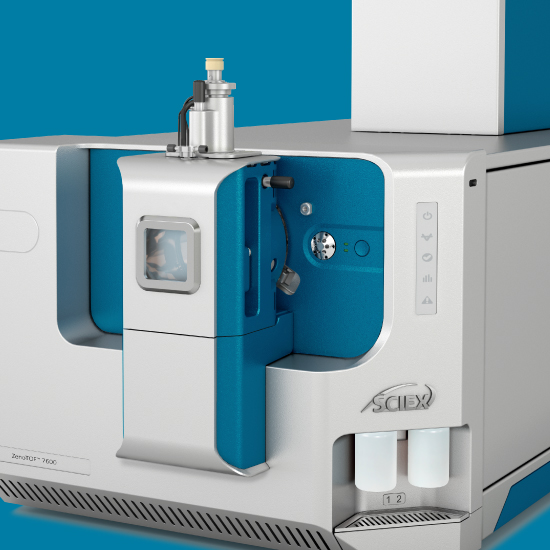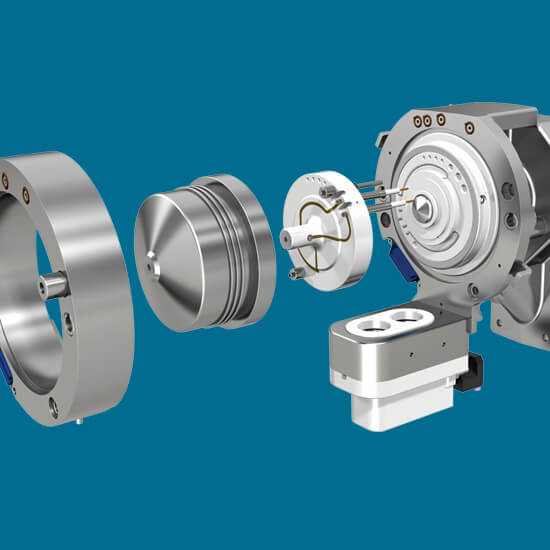When an all-inclusive view is desired for understanding lipid changes across the broader lipidome, an untargeted lipidomics approach is the best strategy. With untargeted lipidomics, the challenge is to accurately and reproducibly identify and quantify as many lipids as possible for the comparison of amounts across different samples and controls. While direct infusion or liquid chromatography coupled with tandem mass spectrometry (LC-MS/MS) has become the foundation for untargeted lipidomics experiments, there are powerful tools that can better reveal differentially regulated lipids and the underlying biological complexity of the lipidome.
SCIEX solutions for untargeted lipidomics have the power to fully characterize subtle differences between lipid species and screen more compounds with better clarity. The unique electron activated dissociation (EAD) fragmentation technology available on the ZenoTOF 7600 system enables the complete characterization of a lipid species within a single MS/MS experiment. The Infusion MS/MSALL workflow for shotgun lipidomics on the TripleTOF 6600+ system provides comprehensive sample analysis in a single injection, delivering accurate mass lipid profiling of all precursor ions at high speeds without compromising resolution or sensitivity. The SelexION device, which performs differential mobility spectrometry, provides another dimension of separation that enables isomeric, isobaric and entire lipid classes to be resolved from one another. And for data processing, LipidView software, with its database of over 25,000 lipid species, enables molecular identification and quantification across the vast complexity of the lipidome, reporting on various lipid molecular species, lipid classes, fatty acids and long-chain bases. Explore the many solutions from SCIEX for untargeted lipidomics and add another dimension to your understanding of lipid biology.

